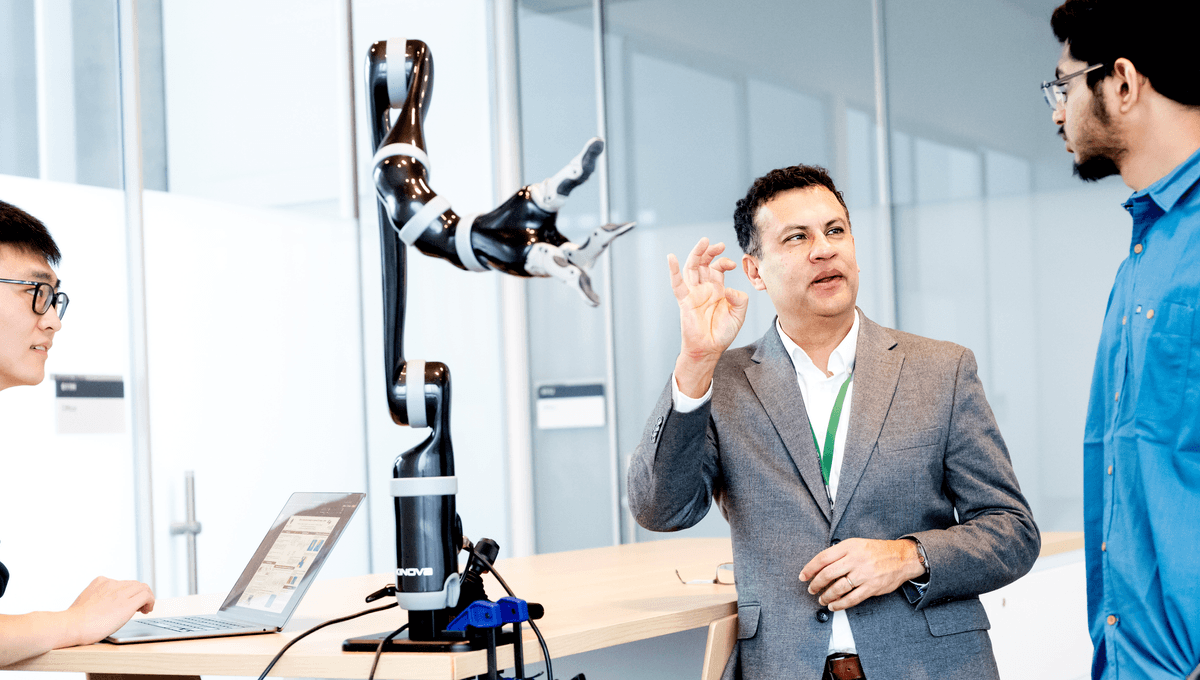
A man paralyzed by a stroke has become able to pick up and move objects using a robotic hand controlled by his thoughts. Although similar technology has been announced before, the control lasted only a day or two, doing little for participants’ quality of life. In this case, control of the brain-computer interface was demonstrated over a potentially life-changing seven months, raising hopes permanent application may be coming soon.
ADVERTISEMENT
Brain-computer interfaces have been touted for a long time as a way to restore capacities to people unable to control their limbs, and sometimes even to communicate. Many steps have been taken along the way, such as allowing a monkey to feed itself and a paralyzed man being able to raise a glass of beer. However, the journey to full operability has so many obstacles it was never likely to be short.
When advances are made, those responsible are naturally more keen to talk about their successes than the limitations of what they have done, creating the impression the goal is closer than it is. A paralyzed man showing fine control over a robot arm might seem like old news, but the latest work has one key difference that marks a major advance: longevity.
“This blending of learning between humans and AI [artificial intelligence] is the next phase for these brain-computer interfaces,” said Professor Karunesh Ganguly of the University of California, San Francisco in a statement. “It’s what we need to achieve sophisticated, lifelike function.”
Previous attempts to provide brain control for instruments have achieved impressive results, but not for long. Ganguly suspected this was because our brains change in response to new conditions, including being in control of a limb after long paralysis. Rather than making the brain more suited to the task, as usually happens when we learn, perhaps development was shifting the locations within the brain where the control signals were coming from. Sensors were still chasing the old signals.
To address this, Ganguly and colleagues investigated how brain activity in animals shifts as they learn. They then implanted sensors on the surface of the brain of two paralyzed individuals to detect local activity and instructed the participants to imagine making certain movements. Over time, the pattern of activity for each movement stayed largely constant, but the locations within the brain where it was occurring shifted.
For two weeks Ganguly had the participant imagine making movements with his hands and fingers, with the sensors recording the activity. When the patterns from one participant were transmitted to a robotic arm (known as a neuroprosthetic) it initially moved approximately in the desired manner, but not with the precision needed for most tasks. However, with practice, the participant improved, while an AI trained on records of his brain activity got better at interpreting his instructions.
ADVERTISEMENT
Within a few sessions, the individual was able to have the arm pick up blocks, adjust their orientation, and place them where he wanted. More practically, he could open a cupboard door, remove a cup, and fill it with water. Motions like these were performed reliably over 35 days.
Months later, despite not having used the arm in the interval, the participant, and the AI, needed just a 15-minute refresher to be able to repeat the same movements.
Ganguly thinks further refinements are required for the arm to move as quickly and smoothly as is needed to allow people with quadriplegia to perform tasks like feeding themselves. However, that goal is now clearly in sight. “I’m very confident that we’ve learned how to build the system now, and that we can make this work,” he said.
ADVERTISEMENT
Rather than taking the easier path of having a participant who could speak, facilitating a feedback loop between doctor and patient the team chose someone who could not, and therefore will find the technology even more life-changing.
The work is published in Cell.
Source Link: Paralyzed Man Achieves First-Ever Long-Term Mind Control Of Robotic Arm